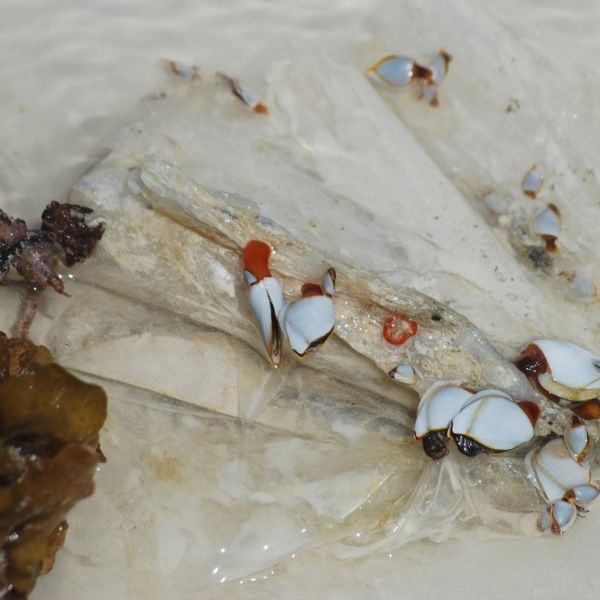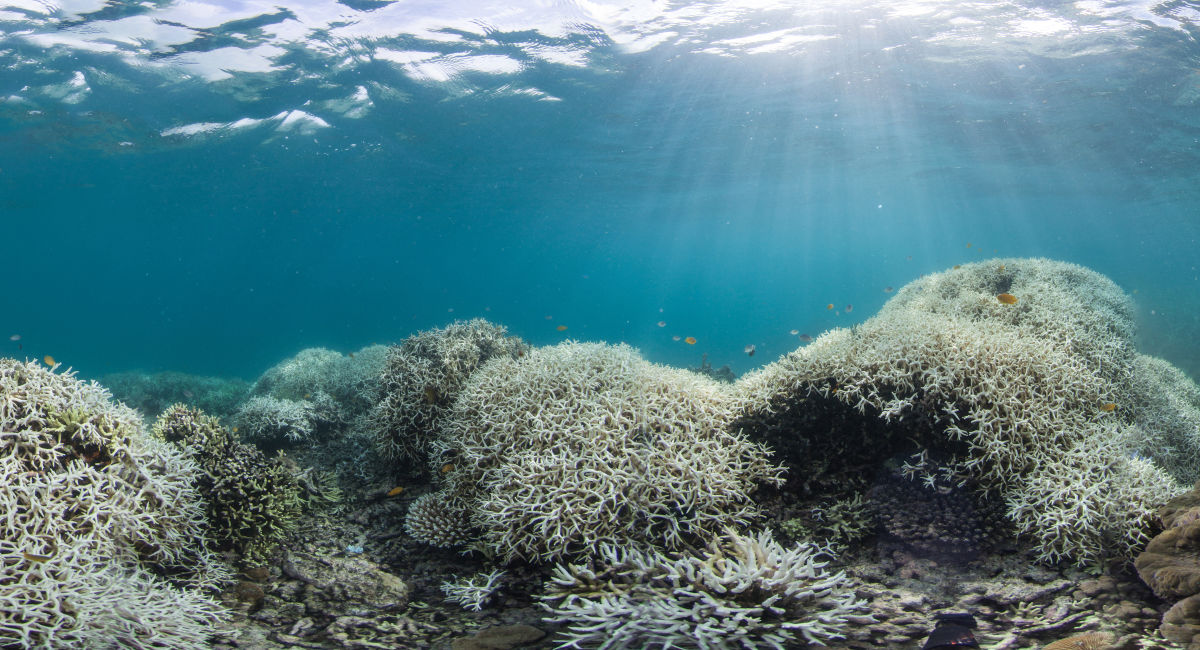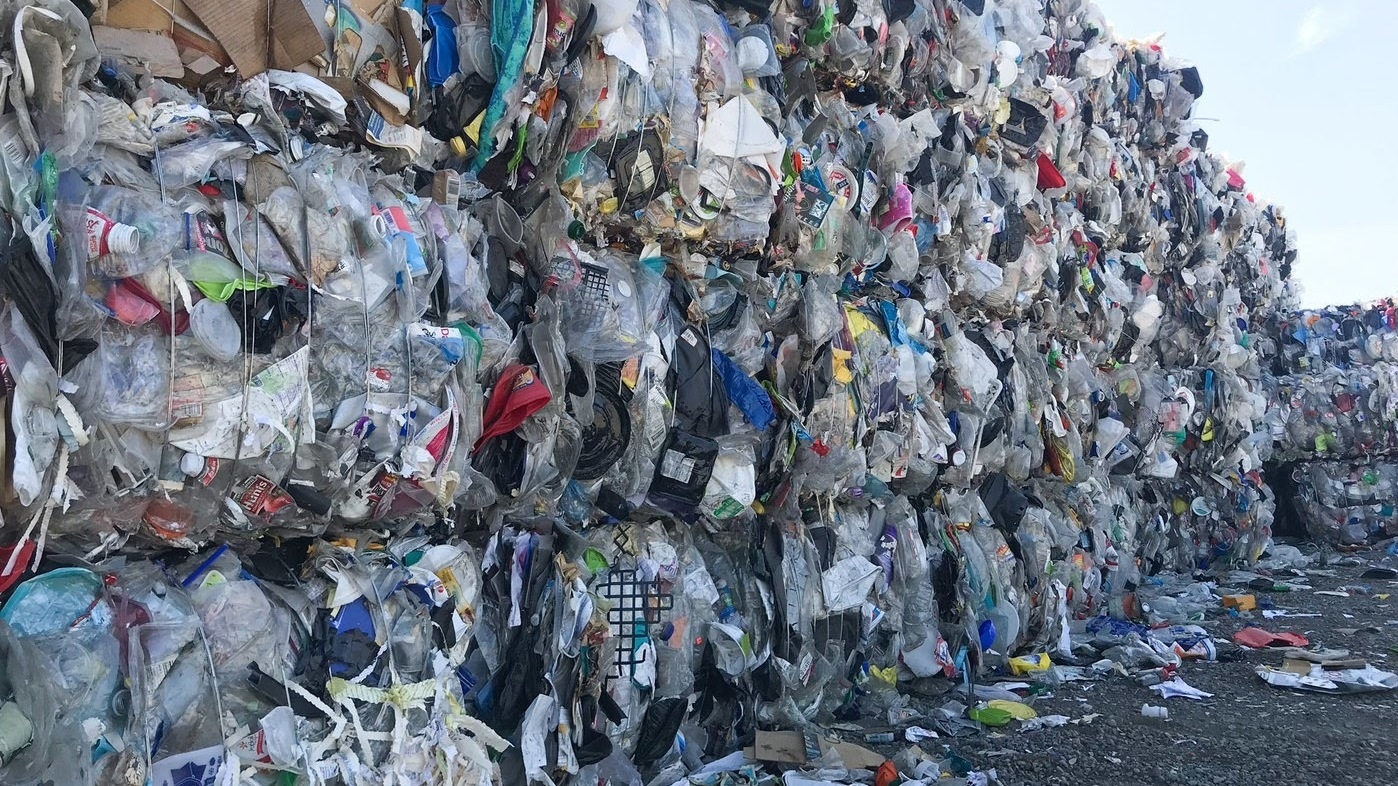The Ocean Is Under Threat: Microplastics And The Changing Climate

I love the ocean.
I grew up on the coast, and I've spent my entire life thus far with only a short journey between myself and the sea. The scent of salt on the air and the boundless beauty of the water are as vital to me as the food I eat.
I remember joyous childhood days romping in the shallows, exploring beaches at high tide for shells and dodging jellyfish in the surf. I remember the tiny fish darting around our feet, flashing silver as their scales caught the light.
Driftwood, sea grass, the feeling of sand between my toes...the sea is heaven for me. At least, it was when I was younger. Back before I knew what was really going on out beyond the breakers.
But now, when I visit the ocean all I can picture is a landfill.
Do you know about the garbage islands?
Collectively known as the Great Pacific Garbage Patch, this pair of islands in the middle of the Pacific Ocean is fed by a gyre- a swirling ocean current that brings debris together like a whirlpool.
The islands are not dense enough to stand on, being mostly comprised of microplastics. They're the broken-down remnants of the plastic bottles, take-out packages and other single use plastics that have wound up in the ocean over the decades.
From California to Japan, any trash that goes into the water is going to find its way to the trash vortex.

There are many things that make me sad about the world today. The garbage islands are one of the most depressing.
It's not as viscerally horrible as the ethnic cleansing in Gaza, or the war in Ukraine. It's not as starkly awful as police brutality and racism, or the crushing burden of medical and student debt.
It's depressing because it represents the corruption that we've created. The pursuit of short-term profits, with long-term consequences for all life on Earth. The Pacific Garbage Patch is not just a floating trash heap; even the sand in the bottom of the ocean is just a pile of litter and poison.
All of this, on top of the endless stream of toxic chemicals, concentrated salts and gradually rising temperatures from Climate Change. We dump everything we don't want to deal with into the water, out of sight and out of mind.
And as the water rises and island nations sink, we've even added radiation into the blend.
We're seeing mass die offs of marine life from Florida to England, large swaths of water full of nothing but floating bird carcasses from extreme heat. Beached whales and fish, disturbances in migratory patterns and everything in between.
The Great Barrier Reef is bleaching and struggling to bounce back, under more and more stress every single year.

And do you want to know what the worst part of it is?
I don't know how to fix it.
Obviously, we need to stop producing these non-biodegradeable plastics to begin with. But they don't break down and dissapate, so the ones that are already out there are just...out there.
Removing it from one environment does not destroy it; we have to find alternate means of disposing of the stuff. We can't burn it; we'd only be releasing the toxicity into the air instead of into the ground.
I don't particularly want to be breathing in cancer-causing dioxins, but that's just me.

Even if we could safely burn it, what then? What are we supposed to do with the microplastic-filled ash that's left behind?
So far, we don't have a way to safely obliterate the single-use plastic waste that we've already dumped into the ocean, and into the land. It's just...there. Forever. An ever enduring monument to humanity's quest to obtain more of the green-tinted paper that we invented, and then decided to base our survival on.
Even recycling is not the perfect system that we were told it was.

I don't know how to solve this problem. The only thing we can do is to keep an eye on our own actions, do our best not to contribute to the problem we already have, and do our part to clean up the waste that we find around us.
Add to your local landfills as little as possible. Compost vegetable scraps instead of adding them to the trash. Re-use plastic take out containers as much as you can. Our tupperware drawer is full of them.
I've found that washed-out yoghurt cups make great seed-starting trays for my garden, and the full-sized plastic tubs that ice cream comes in only need a few holes poked in the bottom to make into a flower pot.
It's not exactly a pretty container garden, but it works. It's functional, and it's less stuff on the heap.
We can't solve the problem all by our lonesome, but every little bit helps. At least until we can manage to convince the government to shut down the companies that produce this crap, which is probably going to take a while.
Doing something is always better than giving up.
Solidarity wins.










Member discussion